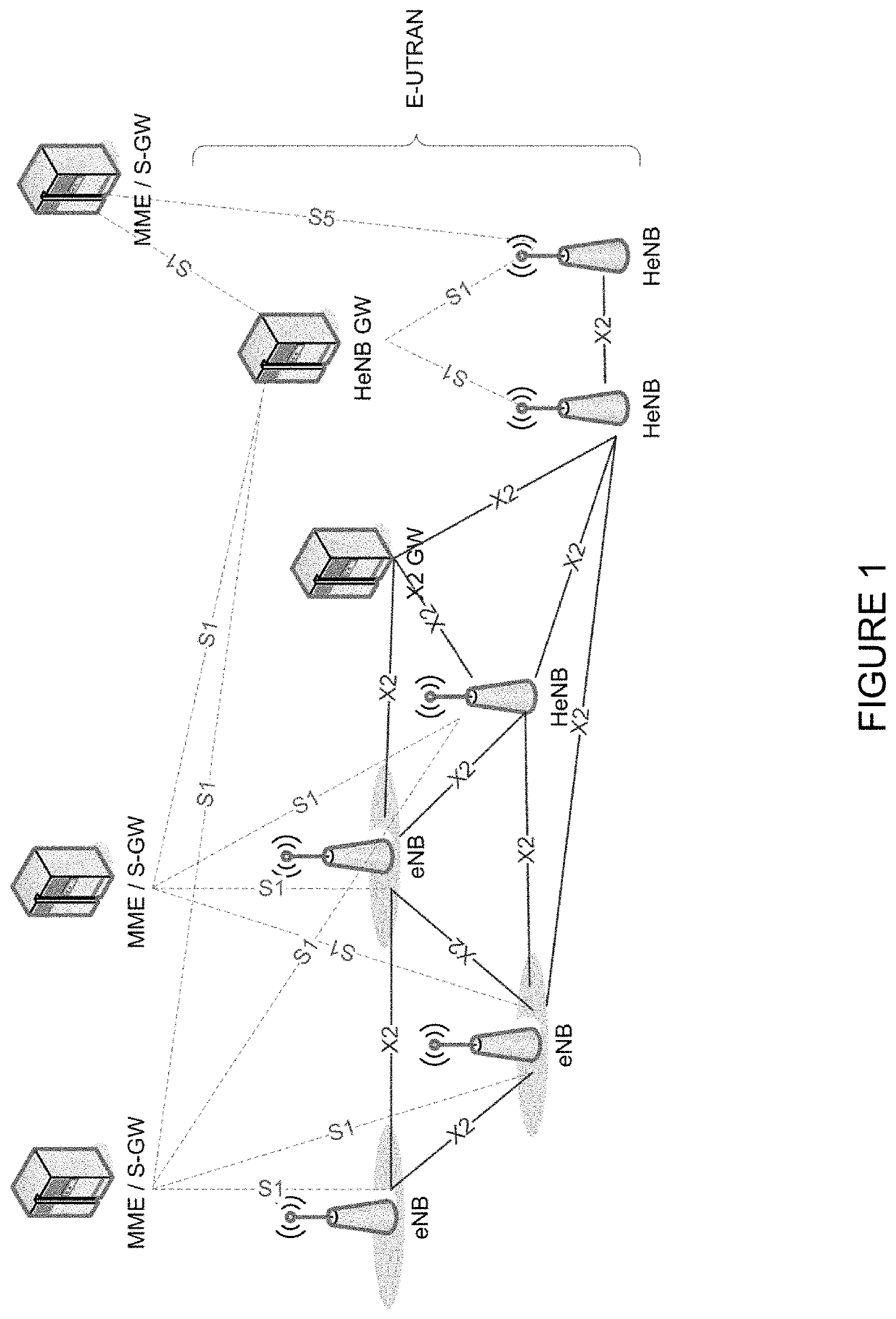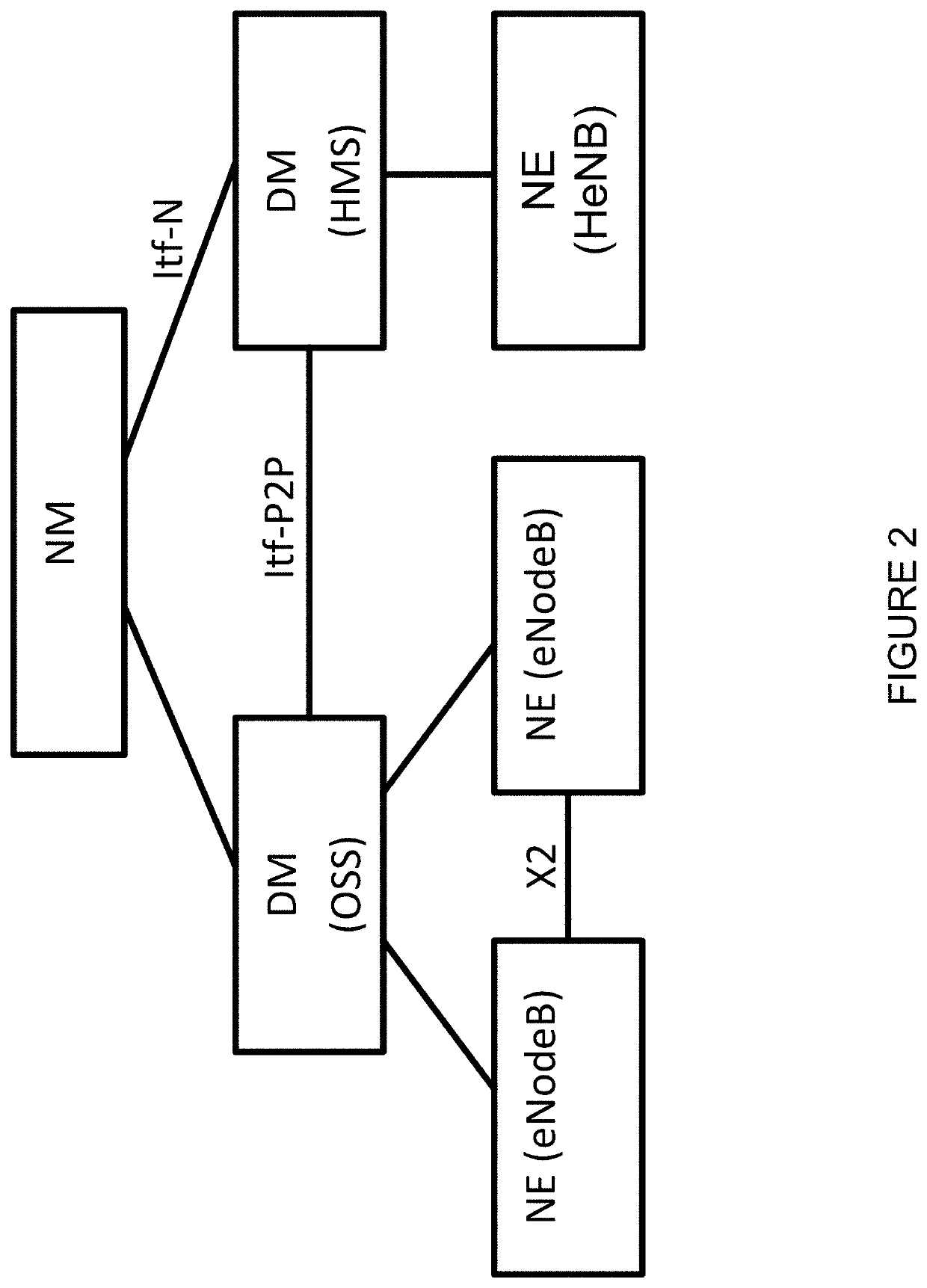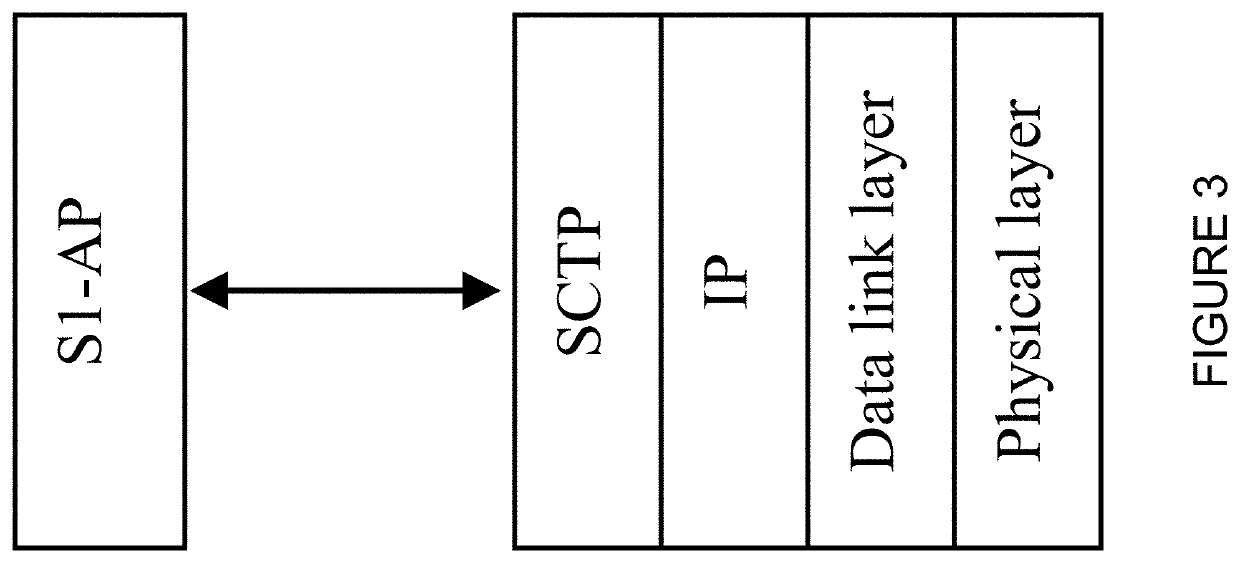Multiple SCTP associations per S1AP connection and moving S1AP signaling connection between SCTP associations
a technology of sctp association and sctp association, which is applied in the direction of connection management, wireless network protocols, network traffic/resource management, etc., can solve the problem of inability to provide a graceful redundancy switch of hardware (hw) in the case of a hardware swap
- Summary
- Abstract
- Description
- Claims
- Application Information
AI Technical Summary
Benefits of technology
Problems solved by technology
Method used
Image
Examples
first embodiment
2.1 Moving UE-Associated Signaling Between SCTP Associations, Successful Case, First Embodiment
[0185]A sequence diagram on how multiple UE-associated signaling connections are successfully moved between SCTP associations is shown in FIG. 22 (move multiple UE-associated signaling connections between SCTP associations, first embodiment, successful case).
[0186]In step 1 of FIG. 22, in case MME wants to move existing UE-associated signaling connections to another SCTP association, it may transmit an UE-associated S1AP message “S1 UE-ASSOCIATED MOVE REQUIRED” to eNB, with a list of “MME UE S1AP ID”, “eNB UE S1AP ID” as parameter for identifying the UE-associated signaling connections, for each element in the list, optional “eNB S1 connection bundle ID” may be added for identifying which SCTP association each individual UE-associated signaling connection is moving to.
[0187]In step 2 of FIG. 22, in case eNB wants to move existing UE-associated signaling connections to another SCTP associat...
second embodiment
2.5 Successful Case, Second Embodiment
[0222]Sequence diagrams on how the non UE-associated signaling connection is successfully moved between SCTP associations are shown in FIG. 27 (eNB initiated) and FIG. 28 (MME initiated). That is, FIG. 27 illustrates moving a non UE-associated signaling connection between SCTP associations (second embodiment, successful case, eNB initiated). FIG. 28 illustrates moving a non UE-associated signaling connection between SCTP associations (second embodiment, successful case, MME initiated).
[0223]The below description is valid for both eNB initiated case and MME initiated case.
[0224]In step 1, if the originating node wants to move the non UE-associated signaling connection to another SCTP association, it stops all outgoing signaling from the non UE-associated signaling connection by informing the higher layer. It is possible that the originating node may deliver S1AP messages that were pending transmission, buffered on SCTP layer or below, before the ...
PUM
 Login to View More
Login to View More Abstract
Description
Claims
Application Information
 Login to View More
Login to View More - R&D
- Intellectual Property
- Life Sciences
- Materials
- Tech Scout
- Unparalleled Data Quality
- Higher Quality Content
- 60% Fewer Hallucinations
Browse by: Latest US Patents, China's latest patents, Technical Efficacy Thesaurus, Application Domain, Technology Topic, Popular Technical Reports.
© 2025 PatSnap. All rights reserved.Legal|Privacy policy|Modern Slavery Act Transparency Statement|Sitemap|About US| Contact US: help@patsnap.com



